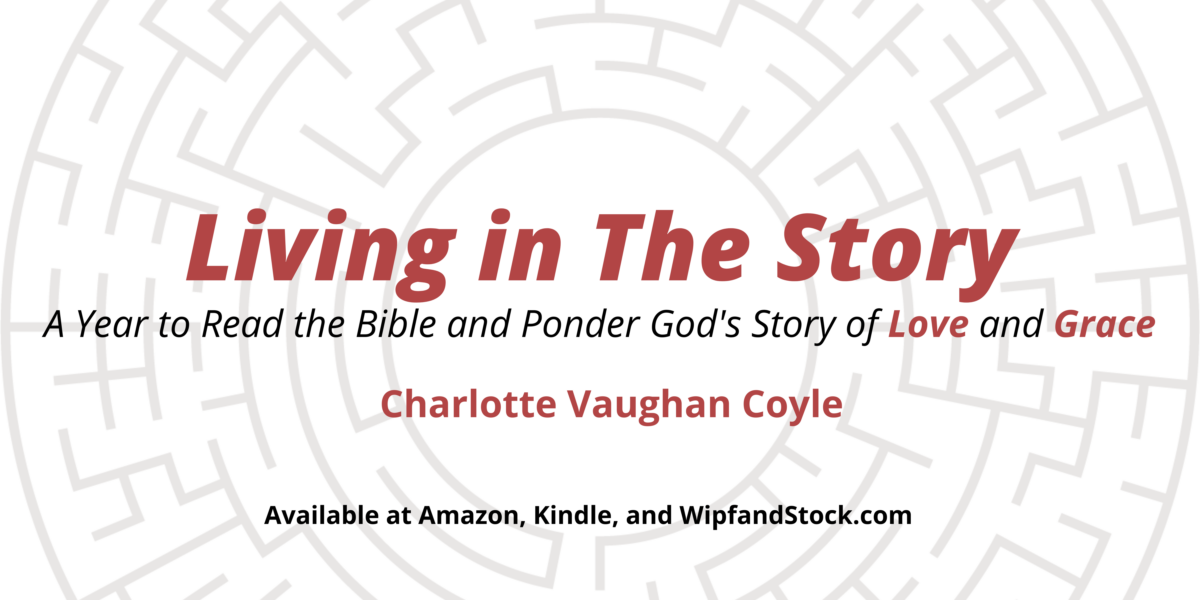I have a rabbi friend who says it’s impossible to know what Judaism was like before the Exile because during those several decades of captivity in Babylon, God’s people were changed forever. Rabbi Jeffrey points out that all the gathered writings we have today were written, compiled, and edited from the perspective of that dark experience and those deep transformations.
The Northern Kingdom of Israel was besieged, then conquered and scattered by the Assyrians around 722 BCE. The Southern Kingdom of Judah was besieged and conquered and carried into captivity by the Babylonians in 586 BCE. Remember that our Living in The Story readings this week offer a hindsight perspective. As they relate the pivotal historical events that forever changed Israel as a people, these texts tell their story not in a current moment, but rather through the long angle lens of exile and return.
The people of Judah (now taking back the name Israel) had returned to their homeland and learned some valuable lessons. “We did this to ourselves” is the bottom line of their self-analysis, a self-reflection in the story line we read through the Kings, the Chronicles, and the prophet Isaiah. Remember all this is history within a theological perspective . . .
Reading these stories of the last days of Israel, Judah, and Jerusalem is sad reading indeed, maybe because it sounds familiar.
Back in the 1930s, the rich grasslands of the American mid-West were transformed into a Dust Bowl. It’s heart breaking to see the photographs of that stark, brown world. At the same time, Wall Street was collapsing and sending shock waves throughout every Main Street in the United States. Amid the multiple crises with joblessness, homelessness, and food scarcity, many people may have wondered if these were our last days as a nation.
It is always difficult for any people who are in the middle of traumatic events to be able to recognize all the causes and to discern a way forward. It isn’t until we get some distance from a crisis that we can learn the life lessons these events can offer. So it wasn’t until later (with a good deal of hindsight and broader perspective) that the United States was able to admit a painful truth about these tragedies: “we did this to ourselves.” . . . .
When the desperate captives of Jerusalem found themselves languishing in Babylon, they came to the realization that this was their time. They could be lost to history as were the ten lost tribes of Israel, or they could turn, repent, and reinvent themselves . . .
Because of the Exile, Hebrew stories were shaped into the written witness of the journey of this people of God. They told their story—the good, the bad, and the ugly—so that maybe other generations might learn the lessons of their own mistakes. The story they told became their Holy Scriptures, a sacred witness so that other generations might know the faithfulness of the God who is God alone.
During this Living in The Story project, we encounter the big picture of God’s stubborn grace within the sweep of human history . . .
Read more at Charlotte Vaughan Coyle. Living in The Story: A Year to Read the Bible and Ponder God’s Story of Love and Grace. Resource Publications (2022).

